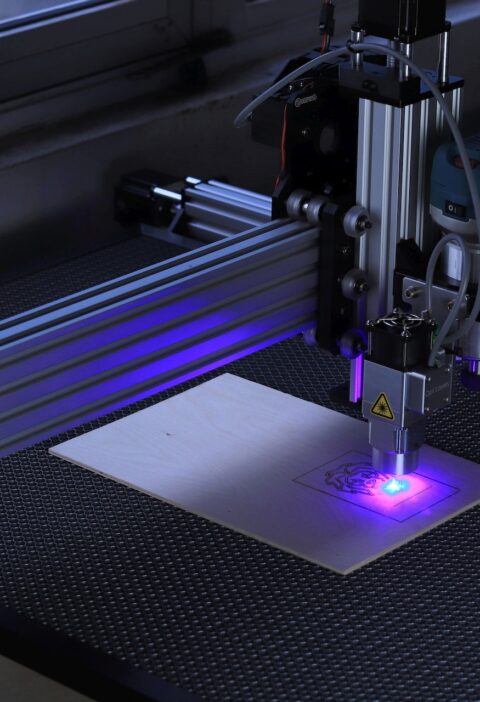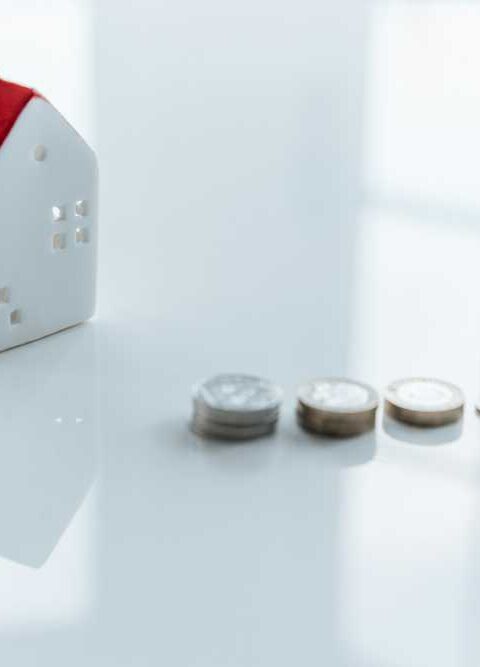Smart medical software can reduce the strain and burden on medical staff by automating repetitive and time-consuming tasks. It can also help ensure accurate diagnoses, streamline operations, increase patient satisfaction, and save on costs.
Look for features like a patient portal that lets patients track their appointments and make payments online. It should also automate appointment reminders via email, text message and phone calls.
Patient Portal
Patient portals offer patients a window into their healthcare data and are becoming more popular as people evolve into healthcare consumers. Patients want better and faster access to information and an easy way to communicate with physicians about their concerns.
With 24-hour accessibility, patient portals allow patients to check lab results, request medication refills, update insurance information, and more. They can also exchange direct, secure messaging with their doctors, physician’s assistants and nurses, which helps strengthen the doctor-patient relationship and boosts patient loyalty.
Patient portal software like those from Eva Health also helps streamline office workflows by moving non-urgent communications online and reserving phone lines and staff time for more pressing matters. Some studies suggest that providing patients access to their doctors’ notes improves medication adherence and clinical outcomes. But the benefits of portals are only realized if they’re user-friendly and easily accessible. In contrast, poorly designed and cumbersome portals discourage patient engagement and may increase the number of unnecessary calls to offices. This increases the cost of running a practice and could negatively impact patients’ experience.
Video conferencing
HIPAA-compliant video conferencing software provides medical professionals and patients with high-quality video calls. These types of software meet strict privacy rule standards and utilize encryption methods to protect ePHI during telehealth meetings. They also use secure protocols and logging capabilities to monitor user activity.
These HIPAA-compliant video tools are compatible with various devices and platforms and provide features like HD video, audio, screen sharing, and document annotation. They can even support multiple medical device integrations, and offer signed BAA compliance for protected health information.
A mobile telemedicine platform allows healthcare professionals to conduct video appointments with clients anywhere on any device. It also offers features like automated appointment reminders and payment processing. Additionally, it provides medical staff with an interface to view the status of connected patient health monitoring devices, configure threshold vitals parameters, adjust medication dosages, and more. It also includes an individualized patient dashboard and customized branding. It also supports PIPEDA and HIPAA compliance for telehealth services.
Live chats
If you have ever been to a hospital, you probably know how challenging it can be to find your way around. Even if you don’t have any special medical issues, most people find navigating the huge infrastructure of hospitals and their multi-specialty clinics difficult.
The good news is that you can reduce this hassle by integrating an on-demand navigation system into your healthcare website. This feature can help your visitors to find doctors based on their location or specialty, book appointments online and more. It can also send relevant notifications and provide parking guidance based on the visitor’s current position in the facility.
There are a lot of different healthcare services that require sophisticated digital tools and solutions. From electronic prescribing and the patient portal concept to claims denial management and healthcare analytics, smart technology is helping to improve productivity and revenue across the industry. You can stay ahead of the competition by choosing the right software features to implement into your healthcare service operations.
Automated reminders
In a world where patients can find information online and receive communications through email, text or multimedia, a doctor’s office must keep up. The automated reminders feature is a must-have for modern medical practice, ensuring appointments don’t slip through the cracks.
This feature sends reminders via email or SMS, allowing patients to confirm and cancel through the same medium. This helps reduce no-shows and makes it easier for your staff to fill empty appointment times with new patients.
Medication reminder apps are a lifesaver for patients who suffer from memory issues. They remind users to take their meds, display notes such as “take with food,” and even alert them if they forget a dose. In addition, some smart medical software can help users follow their dietary regimens by sending them daily nutritional tips, encouraging exercise and more. This is especially helpful for patients with chronic diseases or illnesses. The feature can also notify patients of any changes to their prescriptions. This is usually done using a HIPAA-compliant text message platform.
Analytics
The analytics feature of smart medical software allows physicians to compare their performance with other practices and hospitals. It helps them identify patterns that can be used to improve their practices.
Previously, paper medical documents were stored in large filing cabinets, leaving them vulnerable to damage, loss, theft and tampering. Storing these sensitive files online eliminates many issues, allowing doctors to access and update them easily.
It also reduces the time spent documenting patient information by eliminating errors caused by poor handwriting and illegible faxes. This increases productivity and patient satisfaction.
Another great feature is the ability to upload images and videos to share with patients. This makes it easier for clients to understand what procedures will be performed, which will help convert consultations to appointments and boost aesthetic services sales. It also allows clients to better follow their treatment plans at home and log their progress daily. It’s the perfect tool to keep clients engaged with their healthcare and motivated to reach their goals.







